Dill Pickle Fermentation: 10 Spicy Secrets to Perfectly Crispy, Tangy Pickles (That Aren’t Bitter!)
Ever made a jar of naturally fermented dill pickles that ended up tasting more like disappointment than deliciousness? You’re not alone. Fermented pickles can be a dream come true — if you know the right spice secrets. Whether you're a culinary pro or a weekend kitchen warrior, this guide is your golden ticket to pickle paradise.
Table of Contents
- The Art of Fermenting Dill Pickles
- Spice’s Role in Fermentation
- Top 5 Spices for Naturally Fermented Dill Pickles
- Pro Tips & Tricks for Crispy, Zesty Pickles
- Common Mistakes and How to Avoid Them
- Final Pickle Thoughts
The Art of Fermenting Dill Pickles
Fermenting dill pickles isn't rocket science — but it does require some serious respect for the process. It's a dance between salt, time, and microbes, and a dash of flavor magic from the right spices. The result? Crispy, tangy, slightly sour, and utterly addictive pickles that taste better than anything you'll find on a grocery store shelf.
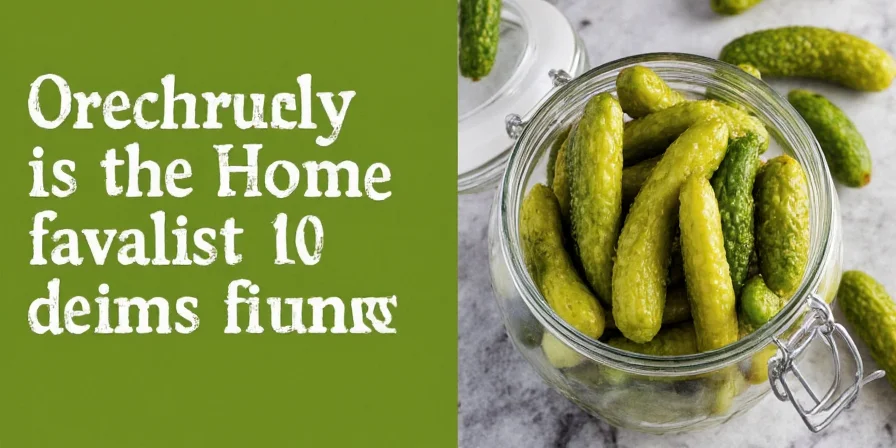
What Makes Natural Fermentation Special?
- No vinegar required — just brine and patience
- Lactic acid bacteria do the heavy lifting
- Probiotics are naturally produced during fermentation
- Flavor develops slowly and deeply
Spice’s Role in Fermentation
You might think spices are just for flavor — but in the world of fermentation, they play multiple roles:
- Antimicrobial properties: Certain spices can help control bad bacteria while letting good ones thrive.
- Flavor depth: A well-balanced spice blend enhances complexity without overpowering.
- Pickle aesthetics: Some spices add color, texture, and visual flair to your final product.
The Science Behind Spice + Fermentation
Did you know that many traditional fermentations across cultures use spice blends for both flavor and preservation? Garlic and mustard seed, for example, have mild antimicrobial effects that can support lactic acid bacteria dominance — exactly what you want in a successful ferment.
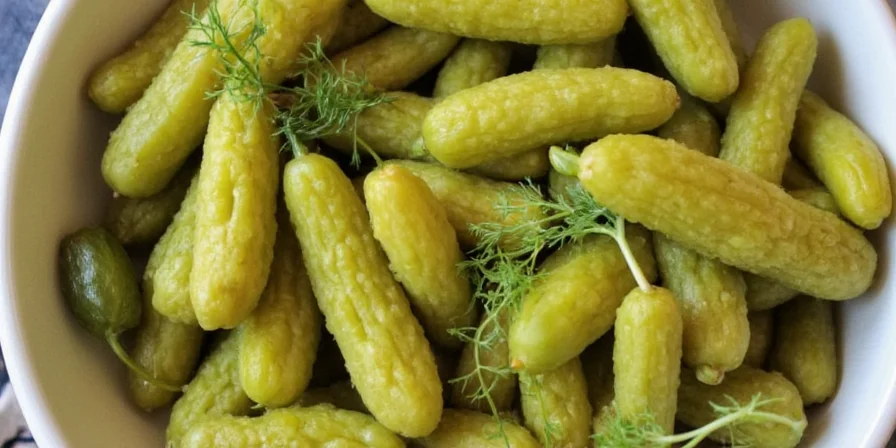
Top 5 Spices for Naturally Fermented Dill Pickles
| Spice | Flavor Contribution | Bacterial Benefit | Visual Appeal |
|---|---|---|---|
| Garlic | Bold, savory kick | Inhibits yeast/bad bacteria | White cloves stand out nicely |
| Dill Seed / Fresh Dill | Classic “deli” flavor | Mild antimicrobial action | Adds green color pop |
| Mustard Seed | Slight heat, earthy tone | Natural preservative | Yellow specks look great |
| Coriander Seed | Citrusy warmth | Promotes microbial balance | Tiny brown seeds add texture |
| Red Pepper Flakes (optional) | Kick of heat | Inhibits molds | Bright red color accent |
Honorable Mentions
- Pickling spice mix (store-bought or homemade)
- Black peppercorns
- Bay leaf
- Jalapeño slices (for a spicy twist)
Pro Tips & Tricks for Crispy, Zesty Pickles
Ready to elevate your ferment game? Here’s what the pros do differently:
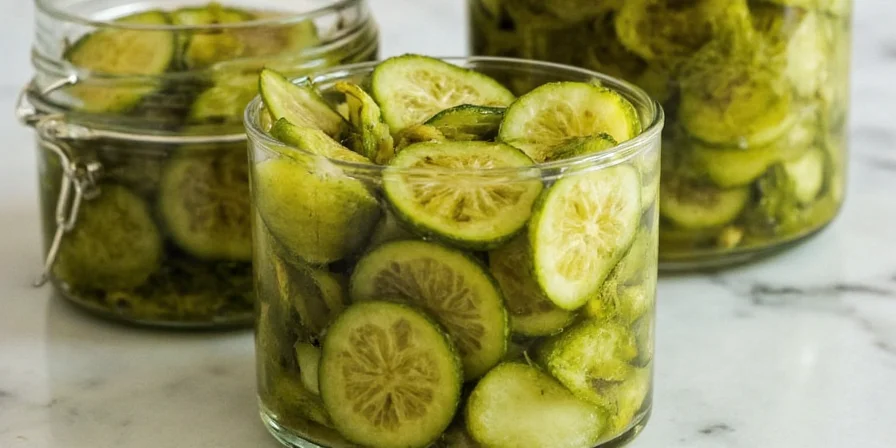
- Use fresh, firm cucumbers. No limp ones allowed!
- Add grape leaves or oak leaves – They contain tannins that keep pickles crisp.
- Weigh them down – Use fermentation weights or cabbage leaves to keep veggies submerged.
- Don’t skip the salt – Go with non-iodized pickling or sea salt for best results.
- Go slow on the temperature – Cooler temps = slower fermentation = deeper flavor.
- Let them age – Flavor improves after a week or two in fridge storage.
- Label and date each batch – Trust us, you’ll forget which one had extra garlic or less dill.
Brine Ratio Chart
| Water | Salt | Sugar (optional) | Spice Mix |
|---|---|---|---|
| 4 cups | 1–2 tbsp | 1 tsp | 2–3 tbsp |
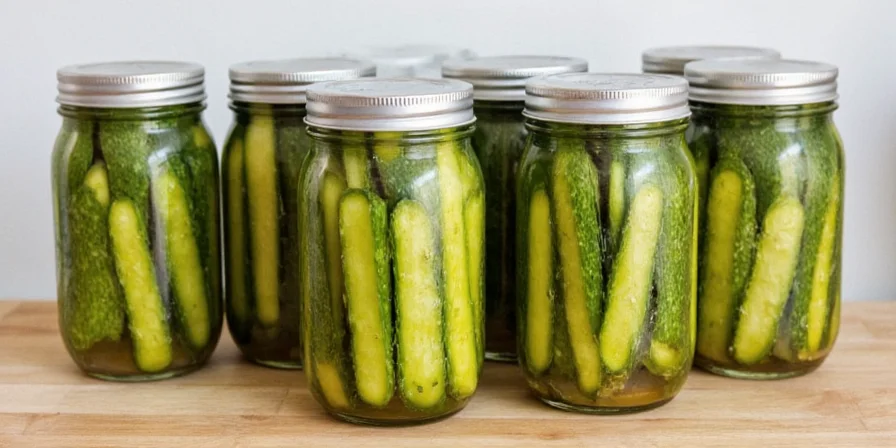
Common Mistakes and How to Avoid Them
Even seasoned fermenters make slip-ups. Let’s prevent the pickle pain before it happens.
1. Using Iodized Salt
Iodized salt can inhibit good bacteria and cloud your brine. Stick to non-iodized varieties like pickling salt or kosher salt (without additives).
2. Skipping Headspace
Always leave at least 1 inch of space at the top of the jar. Fermentation creates bubbles, and you don’t want a brine explosion.
3. Overloading the Jar
Pack ingredients tightly, but don’t crush them. Air pockets trap oxygen, which invites mold and off-flavors.
4. Not Burping Your Jars
If using airlock lids or tight screw tops, open and release gas daily for the first 7 days. This helps manage pressure and encourages healthy fermentation.
5. Rushing the Process
Fermentation is nature’s way of saying “slow down.” Be patient. Give your pickles at least 5–10 days at room temperature, depending on ambient temperature.
Final Pickle Thoughts
There you have it — the ultimate guide to spicing up your naturally fermented dill pickles. Whether you stick to classic flavors or go wild with custom spice combos, remember: fermentation is part science, part art, and all delicious.
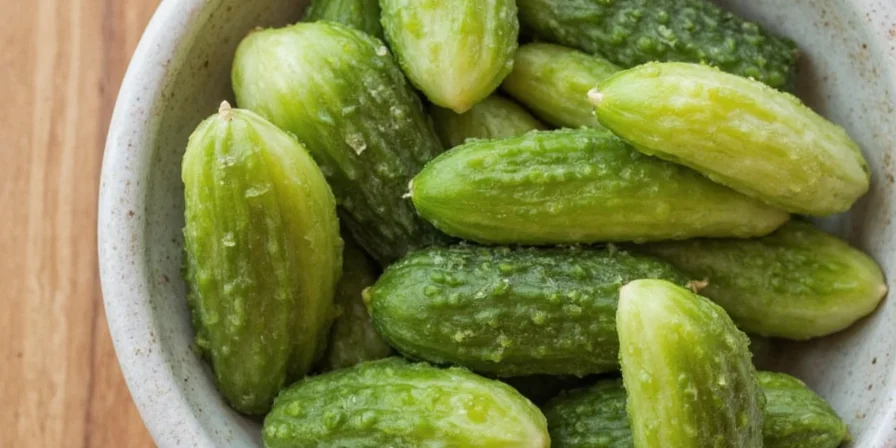
Now go forth, grab those jars, and let your inner ferment master shine. Your next batch could be the talk of the kitchen — or even the neighborhood!

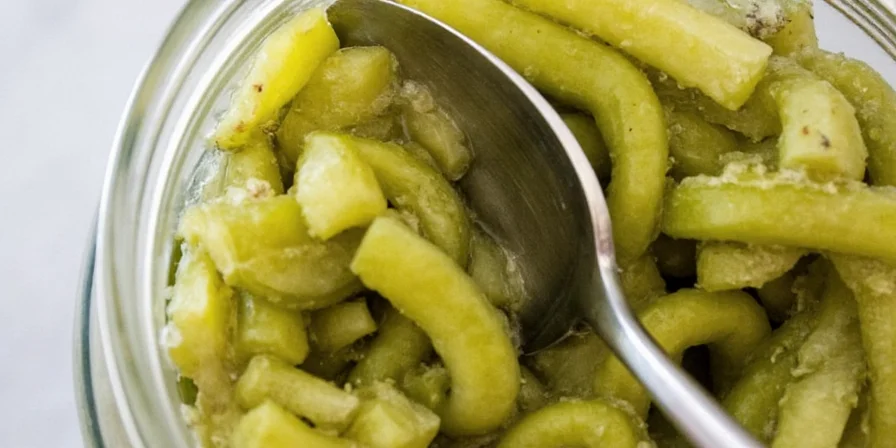









 浙公网安备
33010002000092号
浙公网安备
33010002000092号 浙B2-20120091-4
浙B2-20120091-4